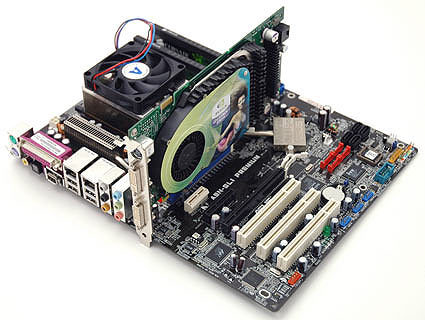Dual-Core, Simple Price: Athlon 64 X2 3800+
Conclusion: AMD Dual Cores For The Rest Of Us
A price of $350 is a step in the right direction, but remains a lot of money for a CPU, and Intel's entry-level Pentium D 830 (2.8 GHz) is still somewhat cheaper. A detailed comparison of the dual core offerings from both AMD and Intel will follow soon, but it's already obvious that the Athlon 64 X2 3800+ is an alternative to a Pentium D 830.
The way we see it, AMD decided on the more attractive of the Manchester and Toledo options in launching the dual core 3800+. That's because the smaller cache really doesn't matter that much, as comparisons between the two variants show for faster X2 models. That said, the maximum power consumption of the Manchester design is noticeably lower, which we interpret as meaning: "overclockers welcome!"
Our benchmarks show that the performance of the 3800+ straddles that of a fast single core Athlon 64: lower with conventional applications, and faster even when running applications optimized for multi-threading. This distinction applies primarily to professional software, which makes heavy processing demands on computers, and has historically been addressed by putting multiple CPUs to work.
Those users who routinely push their computers to their limits - running multiple programs at the same time, manipulating one or more large data sets, spawning multiple, large, independent process trees, and so forth - will find a dual core processor beneficial. In these case, a dual core design matters more than actual CPU speed, making the 3800+ a great value.
Those who don't belong to this user class, however, will discover that dual core processors don't make much difference, and hence, that the new entry-level Athlon 64 X2 3800+ isn't worth the extra cost involved.
Get Tom's Hardware's best news and in-depth reviews, straight to your inbox.
Current page: Conclusion: AMD Dual Cores For The Rest Of Us
Prev Page Synthetic, Continued
Patrick Schmid was the editor-in-chief for Tom's Hardware from 2005 to 2006. He wrote numerous articles on a wide range of hardware topics, including storage, CPUs, and system builds.
